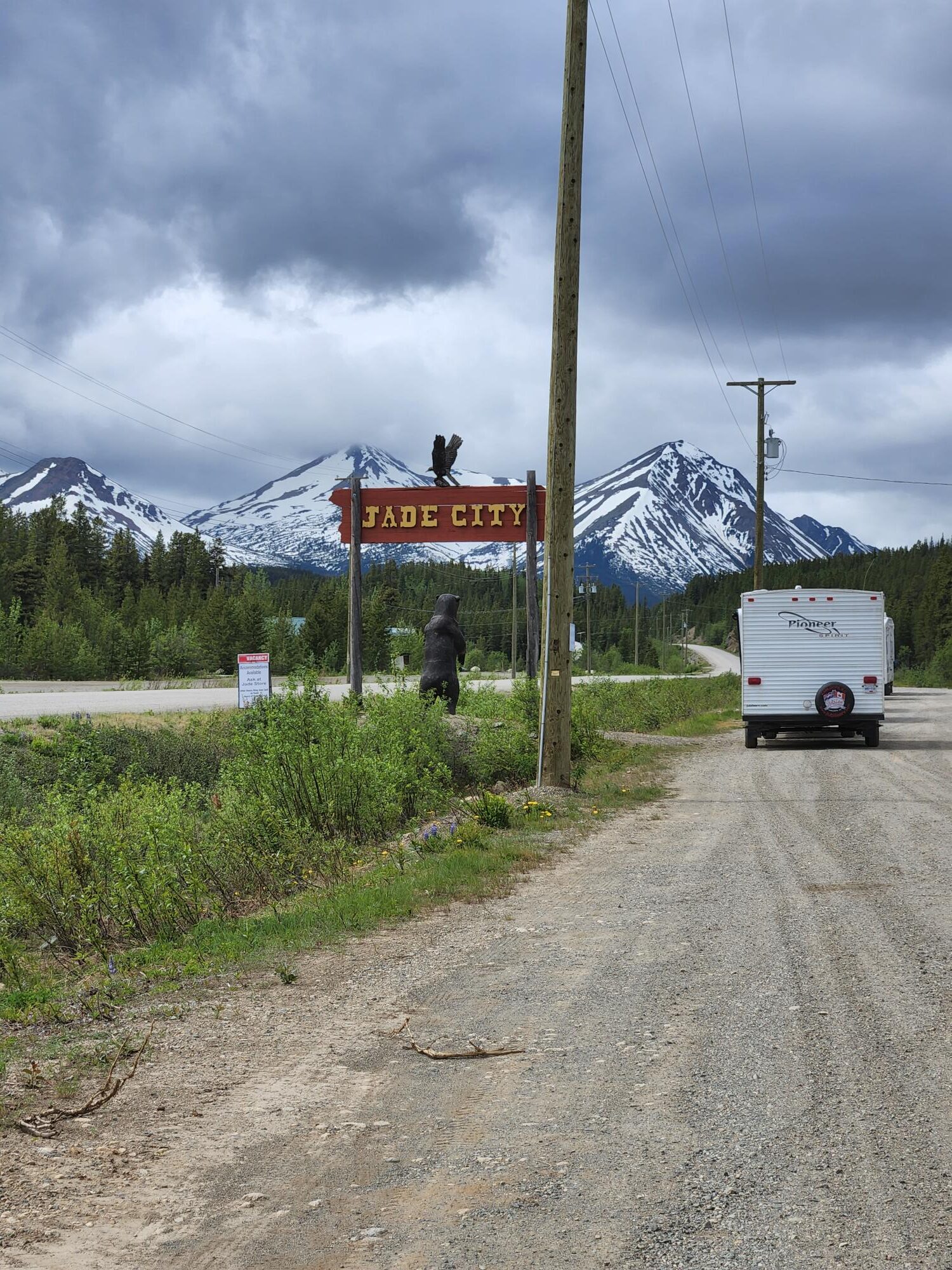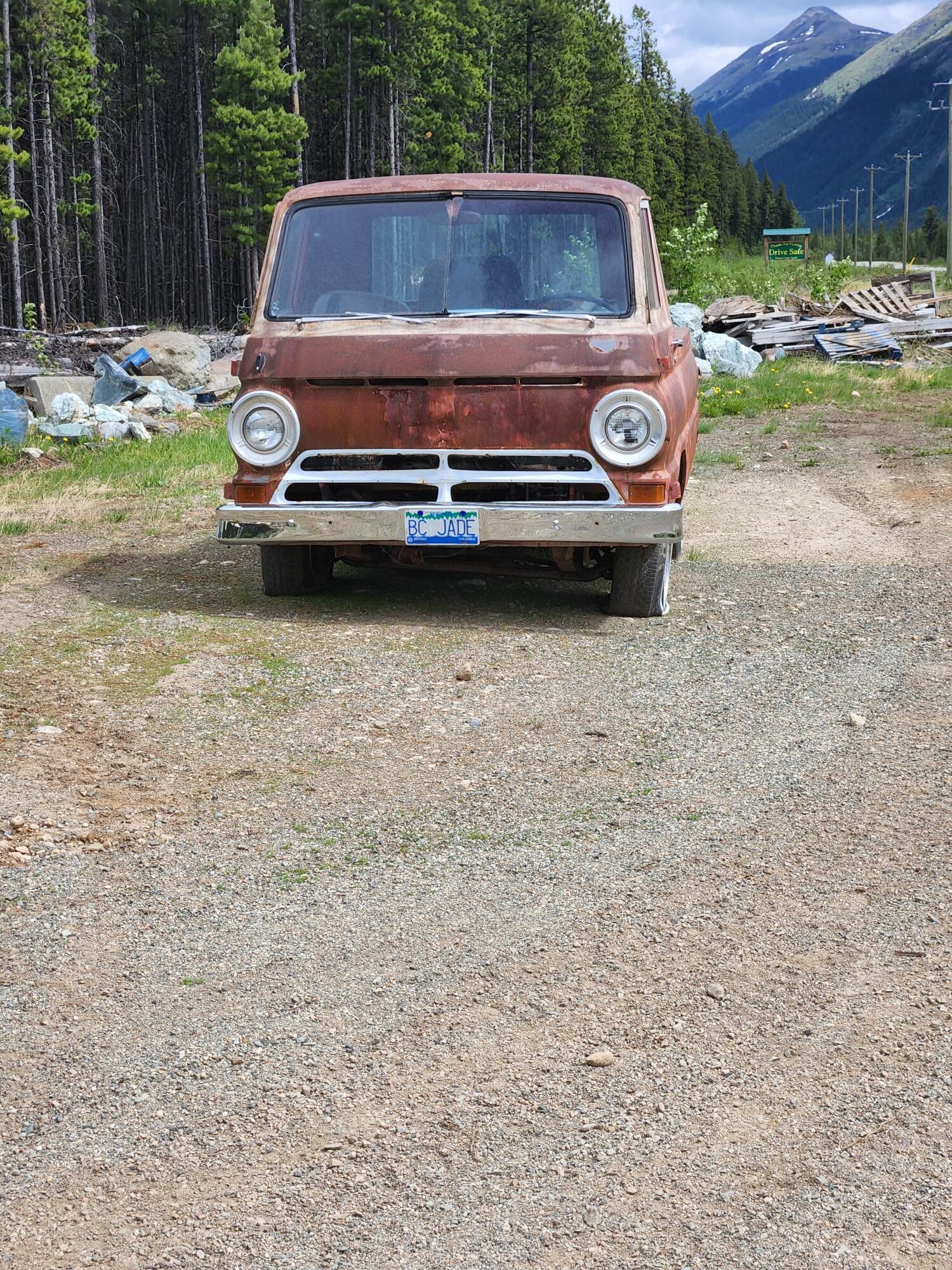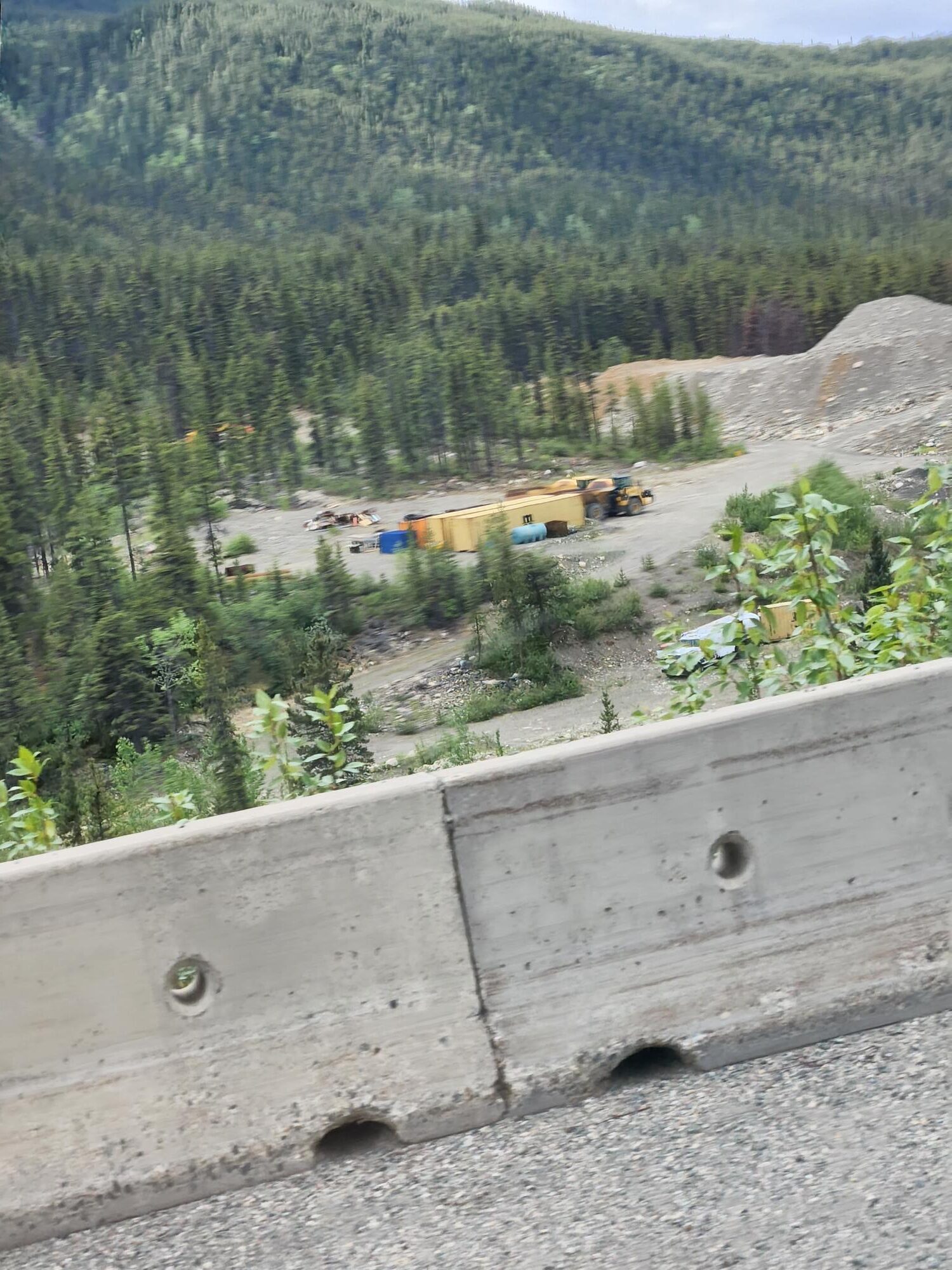The search for gold has captivated minds for thousands of years. Gold mining takes form in many ways and there are gold rushes scattered all across the globe.
When mining for gold there is a feeling of excitement that washes over you which is hard to describe. Gold fever is real and the many gold rushes are evidence of this obsession that grips people from all walks of life.
The promise of wealth to be found by digging dirt out of the ground is enticing to say the least!!!
In this blog we discuss a gold rush in the far reaches of the northern British Columbia wilderness. A testament to the dedication of miners and prospectors from the 1870s.

Northern British Columbia is untouched in most areas, the region is incredibly rugged and mountainous. Glaciers cover the mountain peaks and valleys forming a shield of ice around the area. There is very little development even today, no major cities or towns can be found for well over 500kms. The isolation here is real, no cell service is available for most of the region.
You are on your own out there!
There is only one road that passes through this part of British Columbia. Not a surprise being that it is British Columbia but the highway is exceptionally isolated even for a highway in the province. There are no side roads other than resource and forest service roads that lead to logging plots and mining operations. The road goes up from the junction at the Yellowhead highway to the Yukon border just west of Watson Lake, Yukon. Stewart and Dease lake are the only settlements with any kind of services available.
The highway was built for mining purposes back in the 1950s to access the Asbestos mines in the Cassiar mountains just south of the Yukon border. A town sprang up by the name of Cassiar and a frontier mining town was born. It was a town with all the amenities of a usual town and was focused completely on the mining of asbestos up in the mountains just outside of town. Scott Neidermeyer of the New Jersey Devils grew up here, his father was a doctor in the town. Cassiar will be discussed in another blog post.
This remote and rugged region was very hard to access back in the 1800s. Rivers were the highways by which everyone got around. From canoes to sternwheelers, people and goods were transported through the mountain valleys. Many hazards exist on these rivers from narrow passages, rapids, sharp rocks and incredibly fast running water. These rivers are fed by the giant glaciers surrounding the valley bottom.
To get gold out of this are requires serious dedication and bush survival skills. Prospecting here is a very serious undertaking that can be very rewarding if planned properly. The old timers found lots of gold here. Coarse placer gold was recovered from several creeks in the region. Miners pulled out pounds of gold per day in some cases. This is hard to understand because the miners where earning years’ worth of wages in mere hours. Gold was everywhere, the gold pans where yellow with colour, it had an intoxicating effect on the prospectors that found it.
The gold nuggets found here were some of the bigger nuggets in the province. Nuggets the size of golf balls where being found underneath boulders and along the creek beds. This is an indication that the gold was deposited fairly recently in geologic time. These nuggets have not had time to break down into smaller pieces, the longer the gold has been moving the smaller it will become. This is due to the erosive forces of water, gravel and other forces of nature. Big gold nuggets have not traveled far from the gold vein source from which they came. The shallower the gold is within the pay dirt area the less time it has had to sink down deep such as on lightning creek in the Caribou.

The Cassiar gold rush exhibited all these qualities in the gold pans of miners on its creeks. Placer gold mining here was hard from an access and egress standpoint. The mining of gold wasn’t as hard as other areas but the accessibility if the region left a lot to be desired. Mountains, fast-moving rivers and walls of ice made moving through the region very challenging.
Now imagine you have just finished a season of gold mining and have 100lbs of gold to carry out on foot through the mountains and rivers. This was a reality faced by a few of the early miners and prospectors of the Cassiar. Snow is coming, being close to the 60th parallel and the Yukon winter comes very fast after the start of October. Than you must survive a long winter where 20ft of snow could fall and temperatures can drop to -50C.
Many endured the brutal circumstances for the promise of gold, such is the case with many gold rushes. The Cassiar rush had 3 big creeks of note that instigated the gold rush and drew hundreds of miners who wanted to make their pile. These creeks are located in different regions and are not close together like other gold fields. There are other creeks such as Defot creek that where prospected and mined but Thibert, Dease and McDame creeks are the main ones responsible for the rush. This trinity of creeks was the main instigator for the gold rush.
Thibert Creek located on the north end of Dease lake was the first creek discovered in the region. It launched the Cassiar gold rush and drew hundreds of miners, prospectors as well as some mining companies to its banks. It was found by Henry Thibert in April 1873 and was mined regularly until 1895 when most of the gold had been recovered. The creek also had hydraulic mining operations carried out. Coarse nugget gold was a common occurrence in the area at the time. Over one million dollars in gold was recovered from the creek but this is not really accurate because a lot of gold that was recovered was reported

Official gold recovery value reports from mines and miners are notoriously inaccurate. There is always gold that goes unreported to officials, some miners kept it in the ground and only used it as needed. High grading or stealing of gold as well as claim jumping will also affected the value report of gold in the area. The numbers are almost always higher than recorded by the records.
Dease creek was discovered by Billy Moore and sons in 1873 and was also otherwise known as the “Flying Dutchmen”. He got wind of the rush as a sternwheeler captain and set off for the Cassiar. He discovered Dease creek on the west side of Dease lake. There was 16 miles of gold claims along the creek and hundreds of miners where working gold pans. The ghost town of Laketon sprang up beside the creek, today nothing remains of the old frontier town.

McDame creek discovered in1874 had the biggest nuggets found (72ounces) and was discovered by the legendary prospector Harry McDame. McDame arrived late to the Cassiar rush and found all the claims had been staked so he traveled north up Dease river to an unknown creek where he found incredibly coarse gold. He began to mine the creek and McDame creek became the 3rd primary creek of the Cassiar. The town of Centreville sprang up to support miners on the creek, it is a ghost town today.
There is still mining going on today in the area and gold is still being recovered. Companies and small mining outfits are at work trying to find what the old timers didn’t. The region is still promising for those who have the ability to dig deeper and prospect further using new methods not available in the 1870s. Maybe another gold rush will be discovered, there is always a need for gold. The area is located in the golden triangle, a very mineral rich area of the planet.
When traveling up here there is a sense of wonder, how did they do all this? The challenges these old miners had to overcome are hard to believe. It was brutal but the rewards where great and well worth the risk.
Imagine, getting 20 pounds of gold in one day of work, this was the case for those miners on these gold creeks during the rush.
Nuggets everywhere!!!
What crazy time it was in the wilderness of northern British Columbia.

